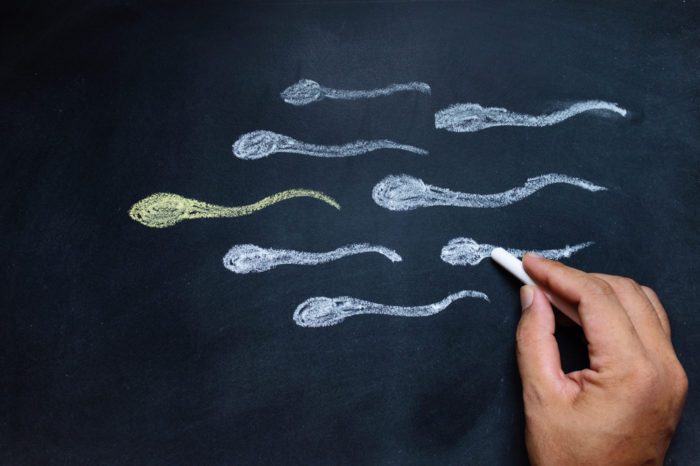Research suggests cannabis may effectively manage the sharp pain in the head from migraines.
Sadly, most people are familiar with headaches. The most common type of headache, tension headaches, affect forty-two percent of adults worldwide. Tension headaches feel like a band of intense pressure around the head. One can be triggered by something as simple as a lack of sleep or daily stress. Thankfully, fewer people experience migraines. A migraine is typically a severe throbbing, sharp pain in the head accompanied by at least one other incapacitating symptom. These include nausea, vomiting, or extreme sensitivity to light and sound. Although less common than a typical headache, migraines affect an estimated thirty-eight million Americans. For migraine sufferers who have tried and failed with standard treatments, cannabis may present itself as an attractive new treatment option.
The Scientific Rationale for Cannabis-Based Migraine Treatment
Scientists out of Finland recently discovered that the neurotransmitter serotonin induces a significant activation of peripheral nerve endings. This means it plays a critical role in triggering migraine pain. One theory is that migraine pain comes from excitable brain cells that trigger the release of serotonin and a narrowing of blood vessels throughout the body. Interestingly, previous cannabinoid research suggests that THC affects serotonin by binding to CB1 receptors and inhibiting serotonin release. Furthermore, cannabis can reduce inflammation in the brain’s dura matter, and inhibit the release of inflammatory cytokines. Both contribute to the onset of a migraine.

That Sharp Pain in the Head Could be a Dysfunctional Endocannabinoid System
The naturally occurring endocannabinoid anandamide has similar effects on the human body. Anandamide, which is structurally similar to THC, binds to CB1 receptors and has inhibitory effects on serotonin type 3 receptors. This has led some to hypothesize that certain neurological conditions, such as migraines, occur due to a dysfunctional endocannabinoid system. The answer then would be to supplement with exogenous cannabinoids. Based on this supporting evidence, it should come as no surprise that migraine sufferers find success with cannabis.
Cannabis Reduces the Frequency of Migraines
In a retrospective study published in Pharmacotherapy (2016), researchers reviewed the medical charts of one hundred twenty-one adults who were diagnosed with migraine headaches and consumed medical cannabis as a treatment. The average number of years the patients had been suffering from migraine headaches was fourteen.
On average, migraine frequency dropped from about ten to five migraines per month following the consumption of medical cannabis. Unfortunately, cannabis-based therapy was not successful for all patients, as approximately twelve percent experienced the same number of migraines. Also, just over two percent experienced an increased number of migraines.
More than half of the patients reported utilizing more than two forms of medical cannabis, which included vaporized, edible, topical, and smoked cannabis. Additionally, the cannabis-based treatment was well-tolerated. Only fourteen patients experienced adverse outcomes, and the most common adverse effects were sleepiness and difficulty controlling the cannabis’ effects.
Cannabis Manages That Sharp Pain in Your Head
In another study, published in The Journal of Pain (2019), researchers obtained participant data from StrainprintTM. This app provides patients with the ability to track the severity of a condition based on their consumption of different cannabis doses and strains. For this particular study, the researchers collected data on 1,306 participants utilizing medical cannabis for treating headaches. As well as another 653 patients utilizing medical cannabis to treat migraines. The researchers measured changes in severity using latent change scores, and participants also provided information on the concentration of THC and CBD they used.
The results of the study revealed that patients reporting headache or migraines experienced a reduction in severity in almost ninety percent of cannabis sessions. Furthermore, the perceived severity of headaches and migraines went down by fifty percent.
To achieve these reductions, the average concentration of THC and CBD consumed for headaches was approximately fourteen and a half percent THC and two and a half percent CBD. Migraine concentrations were very similar at almost fifteen percent THC and two and a half percent CBD.

Cannabis Patients are Less Opioid-Dependent
In another retrospective study, published in Neurology (2019), the researchers found similar success with patients in terms of migraine severity and frequency. However, they also found that fifty percent of patients reduced their need for opioids. The patients able to reduce their opioid intake were on them for an average of almost six years. Additionally, the patients experienced improvements in sleep, anxiety, and mood.
We Need More Research
The scientific community needs double-blind placebo-controlled trials to rule out placebo effects, ensure greater precision of dose and cannabinoid profile, and ultimately to get physicians on board. Nonetheless, the evidence supporting cannabis as a headache and migraine treatment is mounting. Awareness is growing, and physicians may soon find that their patients are requesting a more natural alternative to their traditional migraine treatment.





